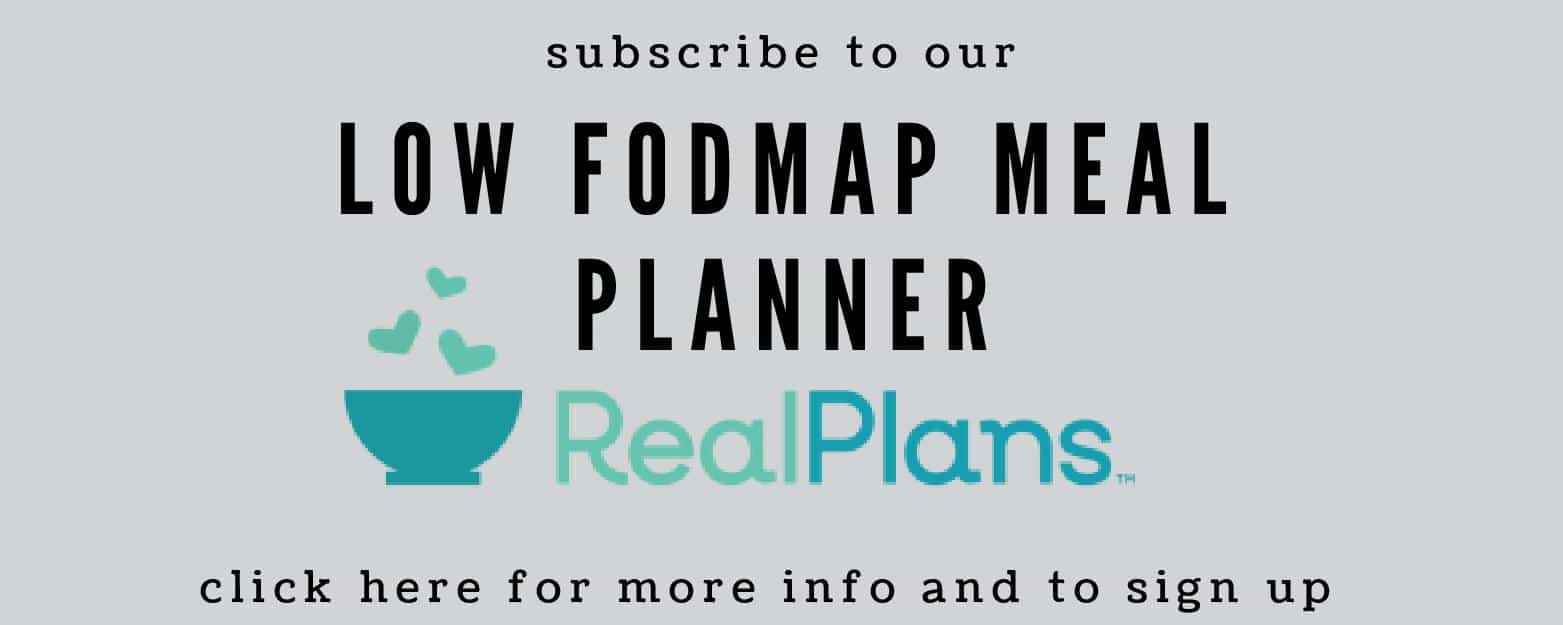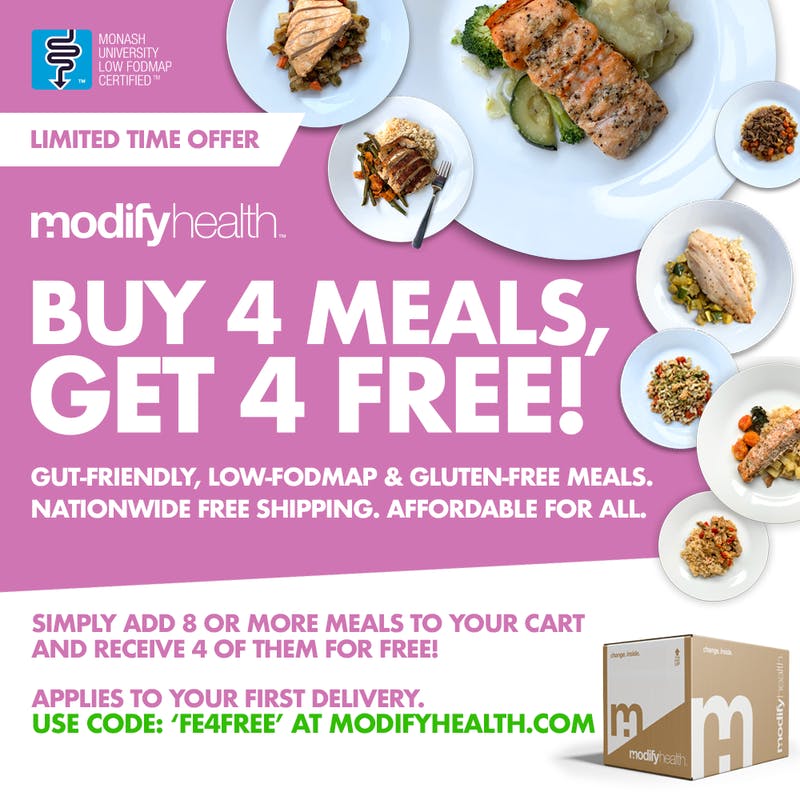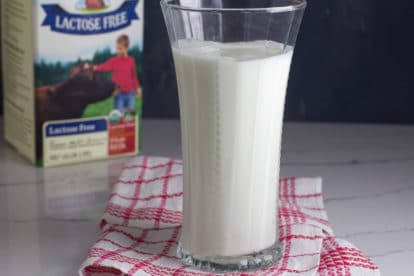The very programs, inspections, and policies that keep your food supply stable are the ones most disrupted during a shutdown, meaning your grocery bill isn’t just a personal headache; it’s a reflection of national gridlock.
If you’ve been to the grocery store lately, you’ve probably noticed the bill creeping higher. Eggs, beef, and even sweets are costing more than they did just months ago. Now add a government shutdown into the mix, and that checkout total could climb even faster.
Before we break down the nine ways this plays out, know this: if you’re pressed for time, scroll down to the Key takeaway section where I’ve summed up the biggest points. But if you stick with me, I’ll show you why every aisle, from produce to packaged snacks, feels the shock.
Nutrition Assistance Disruptions Hit Hardest
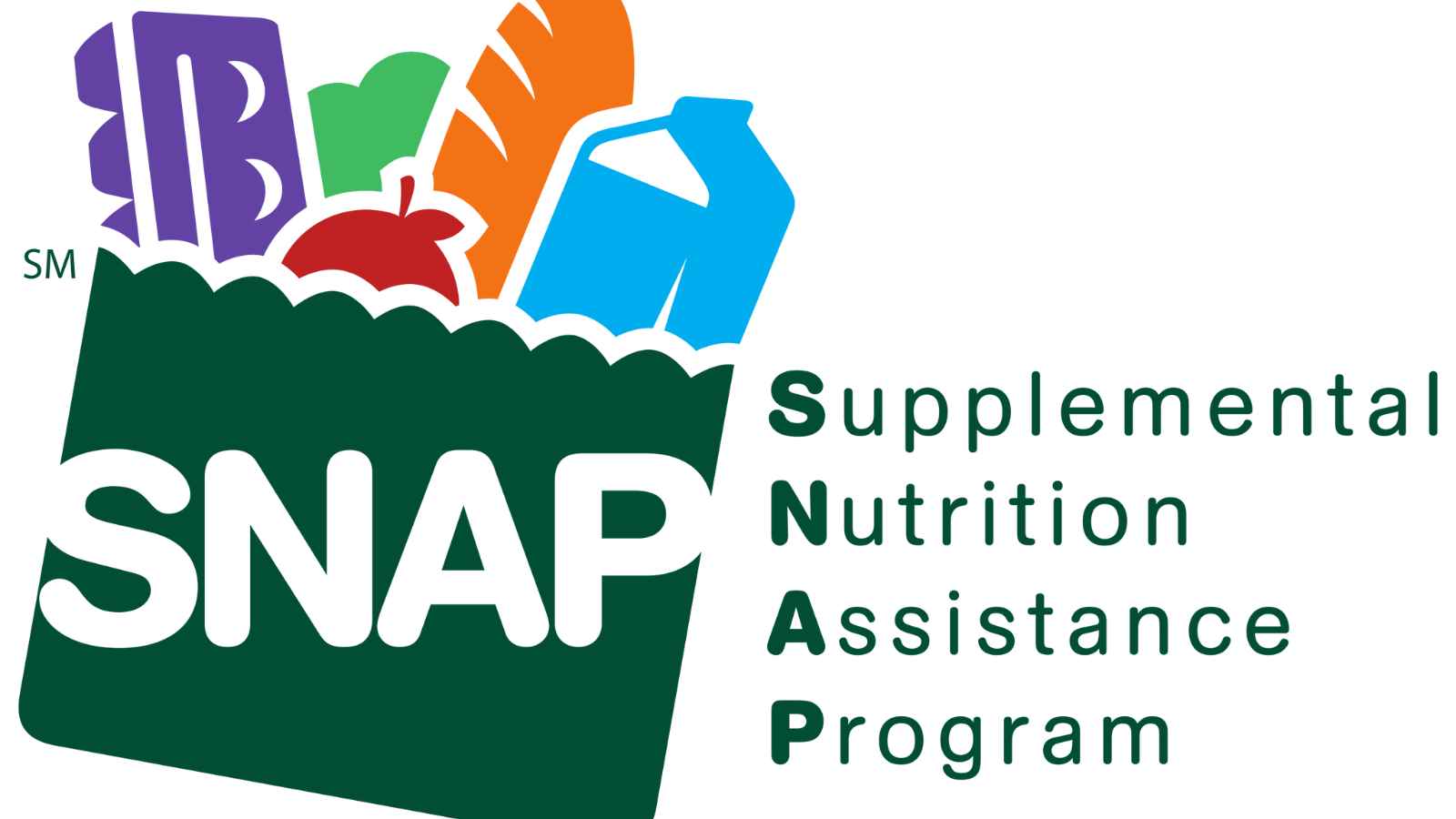
One of the most immediate effects is on families who rely on government programs like SNAP (Supplemental Nutrition Assistance Program) or WIC (Women, Infants, and Children).
When funding stalls, millions face gaps in their benefits. That means essentials like milk, bread, and baby formula suddenly shift from subsidized to out-of-pocket.
The reality is simple: when assistance stops, demand at the checkout line rises, pushing low-income families into even tougher choices.
Also on MSN: 14 Overpriced Groceries That Are Draining Your Purse And Why to Stop Buying Them
Food Safety Checks Slow Down
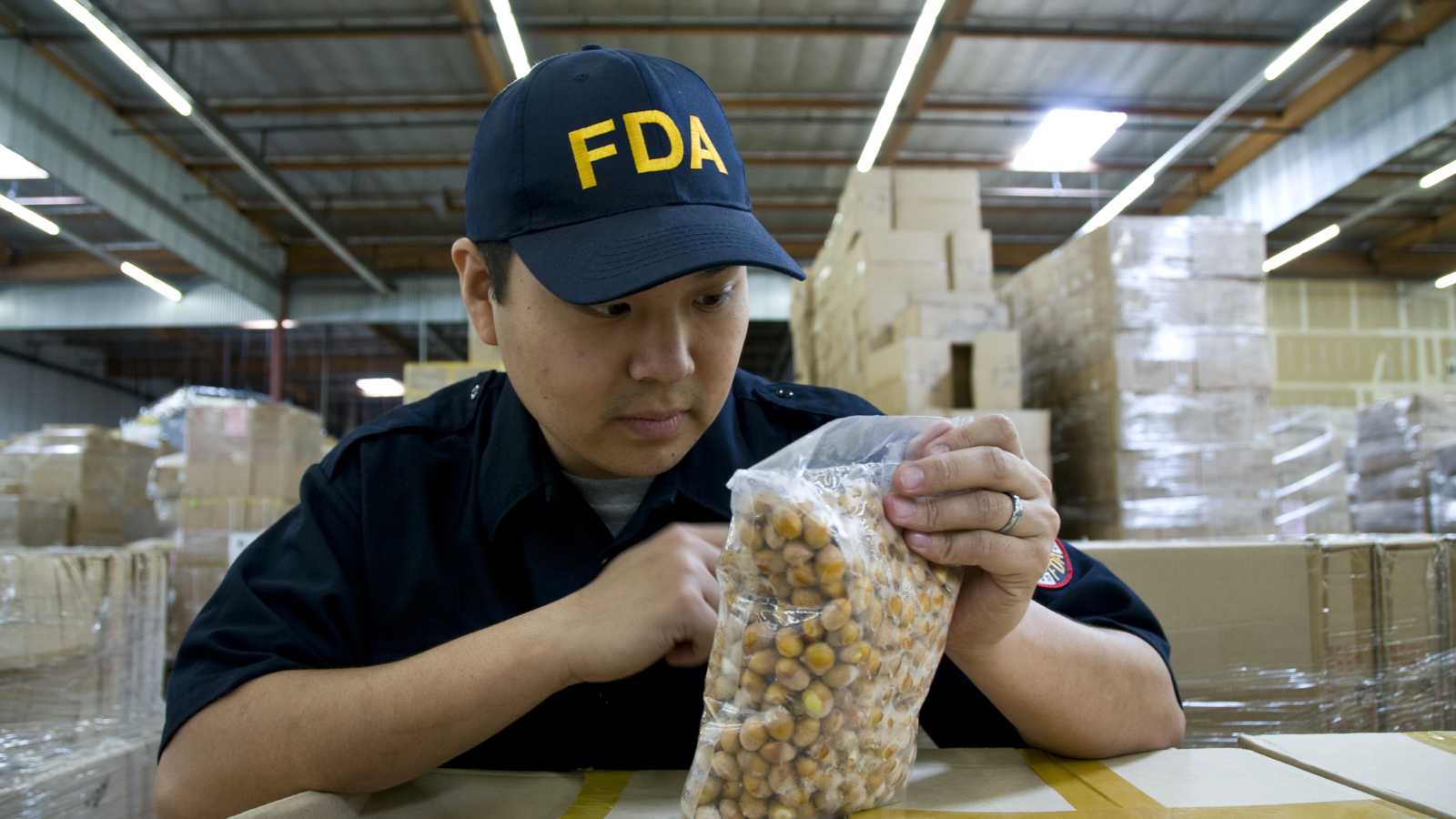
During a shutdown, FDA and USDA inspectors are often furloughed, and the pace of food safety inspections drops dramatically. Think about that bag of spinach or package of ground beef in your cart.
Normally, those items pass through strict checkpoints. Without them, grocers may pay for third-party inspections or pass on the risk. Either way, you could feel it in both safety and price.
Commodity Prices Swing Without Data
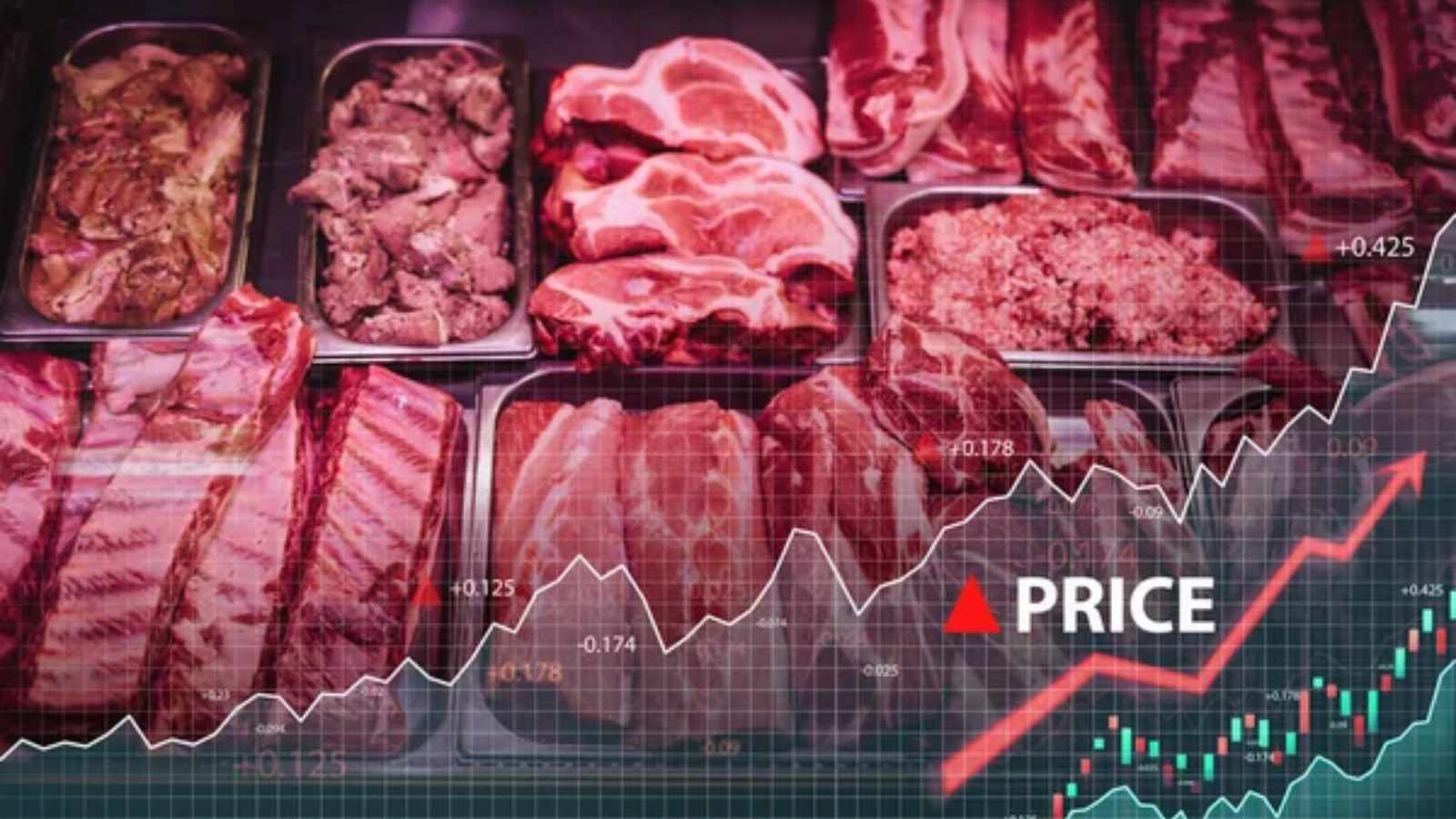
Markets thrive on information, and the government provides it through regular agricultural reports. During a shutdown, those stop. Traders and suppliers are left guessing, which can spark speculative spikes in staples like grains, fresh produce, or meat.
In past shutdowns, beef and soybean prices shot up simply because no one knew what the actual supply looked like.
That uncertainty trickles down to the shelf price you see.
Food Inflation Picks Up Steam
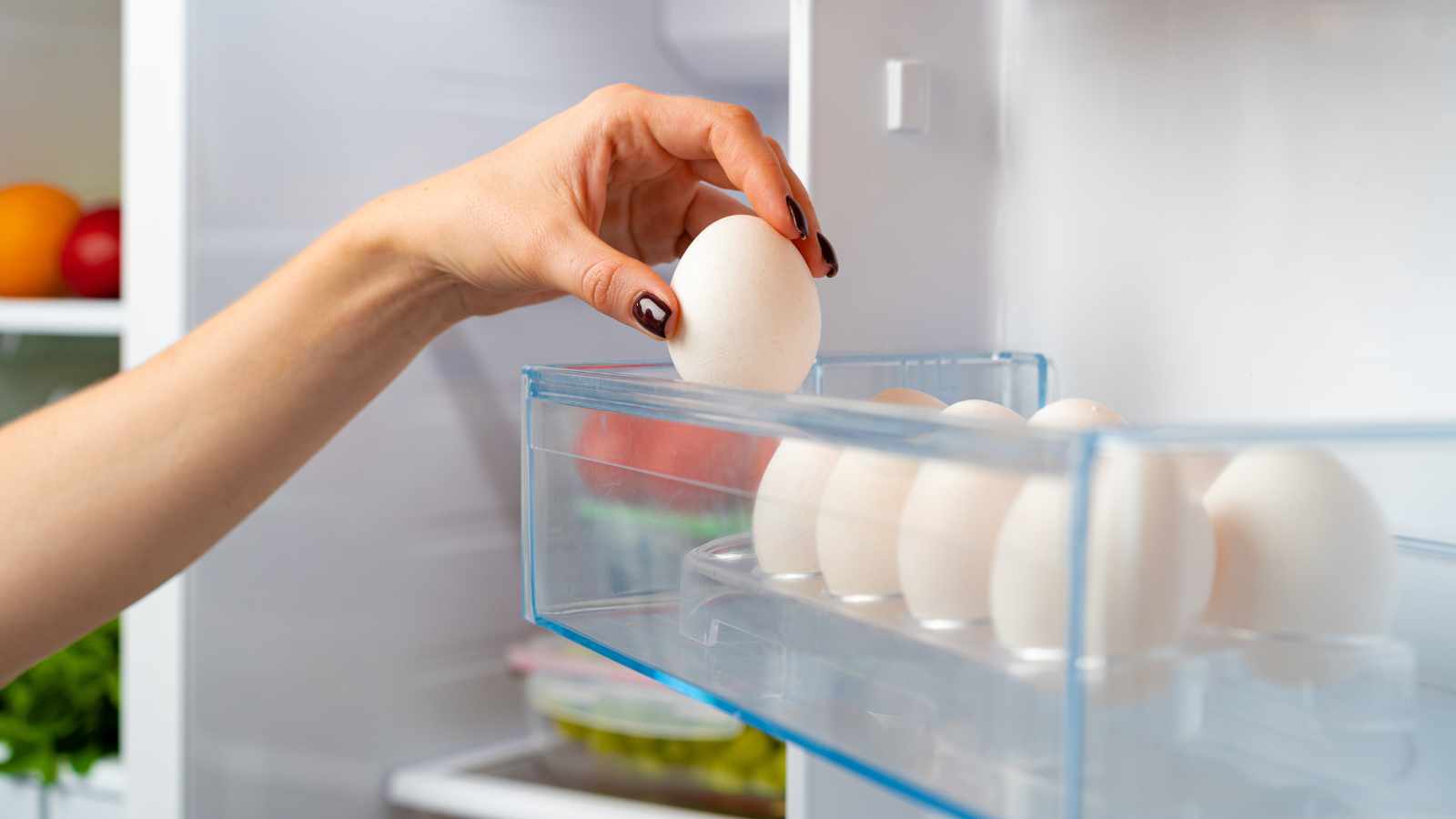
The USDA has already forecasted that food prices will rise faster than average this year, especially for beef, eggs, and sweets. Now layer in shutdown disruptions to supply chains, and inflation gets amplified. A gallon of milk that was $3.50 could jump to $4.00 before families have time to adjust.
Inflation isn’t abstract here; it’s something you feel immediately in the checkout line.
Farmers Wait on Federal Aid
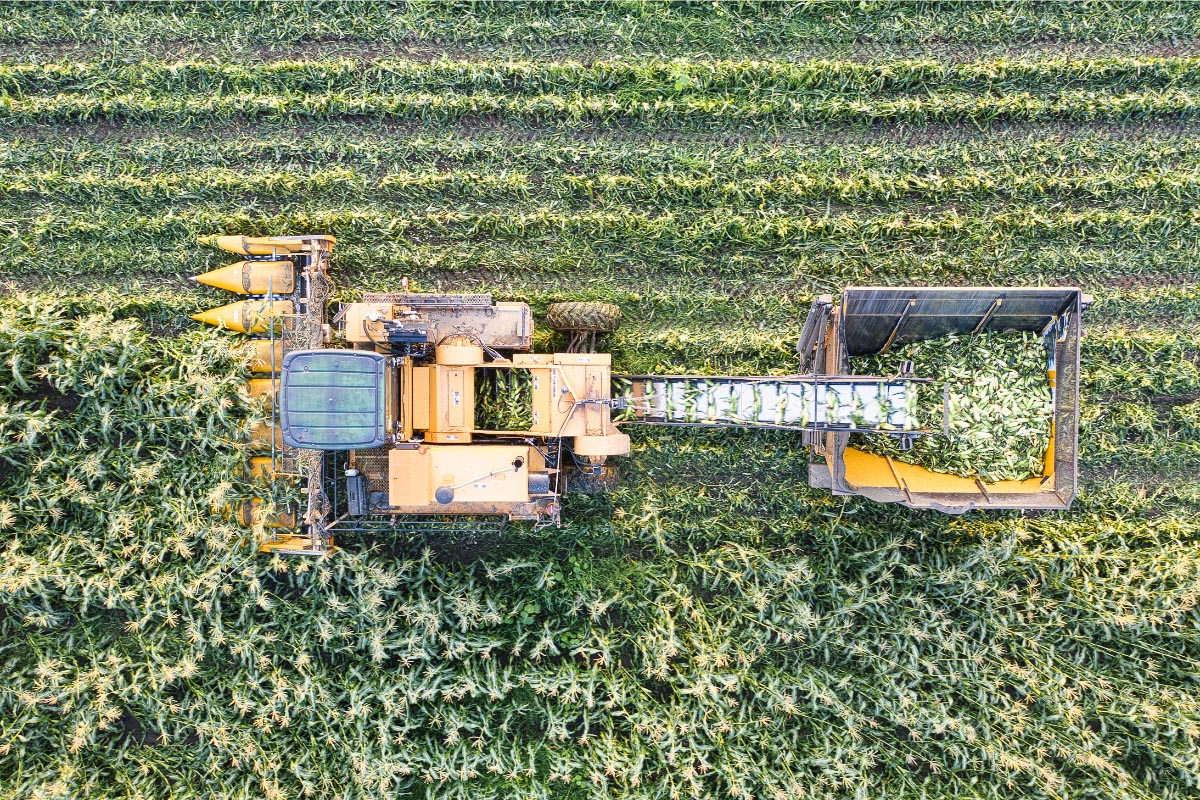
Shutdowns freeze federal subsidy payments and disaster relief programs. For farmers, that means cash flow stalls just when they need to fund harvests or recover from storms. When crops don’t get harvested on time, supply shrinks. And when supply shrinks, prices rise.
This isn’t just about farmers in distant states; it’s about whether your local store stocks enough corn, soy, or fresh produce next month.
Small Grocers Struggle Most

Big supermarket chains often absorb disruptions, but small, independent stores, especially in rural areas, don’t have that cushion. If SNAP dollars vanish, they lose steady customers. To survive, they may raise prices, cut staff, or close altogether.
That leaves entire communities with fewer shopping options, forcing people to travel farther and spend more just to buy groceries.
Tariff Battles Spill Into Food Costs

Shutdown gridlock often extends to unresolved trade policy. If tariffs on imported goods like produce, coffee, or seafood are delayed or raised, your favorite items suddenly become luxury-priced.
Think of bananas going from $0.60 a pound to nearly a dollar. That difference feels small until you stretch it across a month’s worth of shopping.
Shoppers Change Behavior — and Drive Up Prices
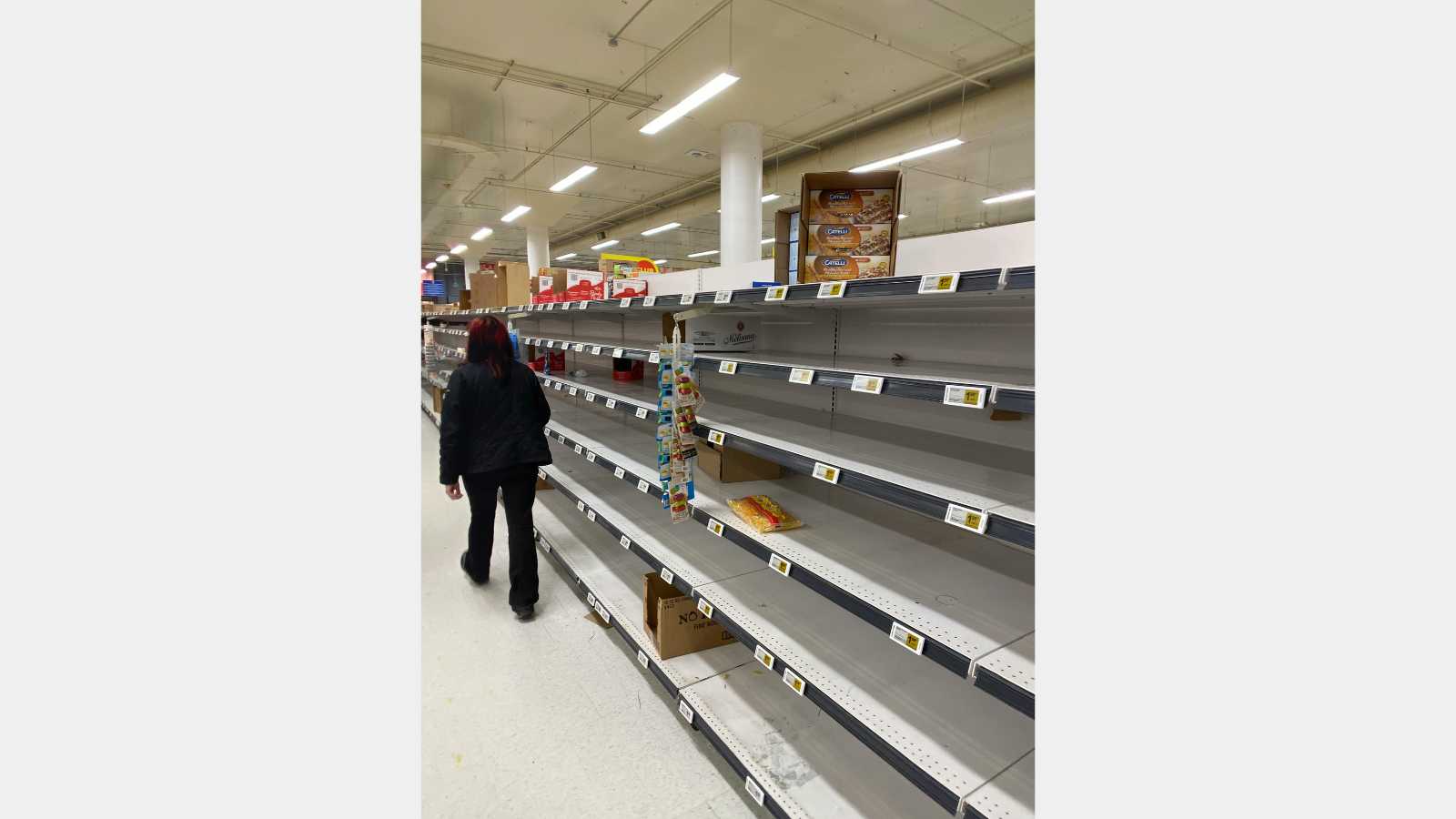
Economic uncertainty changes how people shop. During shutdowns, families often stockpile basics like rice, canned beans, and pasta. That rush can create temporary shortages, which then spikes prices. Even the act of panic-buying , like we saw during the pandemic, can distort markets faster than supply can recover.
Children and Seniors Lose Support

Shutdowns don’t just affect SNAP. Programs that feed schoolchildren and seniors also get delayed. For families, that means replacing free or subsidized school meals with groceries. For seniors, it can mean stretching fixed incomes to cover food that programs normally provide.
That extra demand on household grocery budgets piles on at a time when inflation is already biting.
Key takeaway

A government shutdown doesn’t stay in Washington. It spills into your kitchen, your fridge, and your grocery cart. From halted inspections to suspended farmer aid, every disruption creates ripple effects that end in higher prices and tighter household budgets.
So if your bill feels heavier during the next shutdown, it’s not just inflation, it’s policy, gridlock, and the hidden costs of a government that’s stopped working the way it should.
Read more: 10 Grocery Brands Facing Backlash from Shoppers
Disclaimer: This list is solely the author’s opinion based on research and publicly available information. It is not intended to be professional advice.
7 Morning Rituals Women Swear By for More Energy and Confidence

7 Morning Rituals Women Swear By for More Energy and Confidence
Morning rituals don’t have to be complicated. A glass of water, a quick stretch, five minutes with your journal — these small things stack up to create significant change. Women who build these habits aren’t just “morning people”; they’re people who decided to take charge of their first hour of the day.

